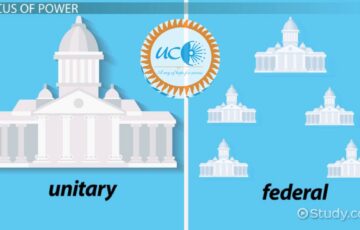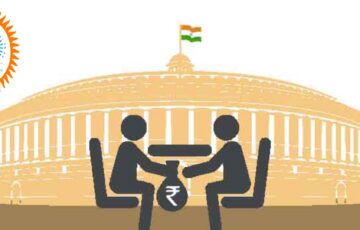Q. Throw light on the issue of subcategorization of Other Backward Classes (OBCs) in India. What are the possible challenges in its implementation at the central level?
Approach:
- Explain the idea of subcategorization of Other Backward Classes (OBCs).
- Discuss the need for subcategorization of OBCs.
- Analyze the possible challenges in such an implementation at the central level.
- Conclude with a way forward.
Answer:
Other Backward Class (OBC) is a collective term used by the government to classify castes which are educationally or socially disadvantaged. OBCs are a vastly heterogeneous group, and sub-castes can vary significantly in society. In 2015, the National Commission for Backward Classes (NCBC) recommended subcategorization of OBCs into groups based on their degree of social, educational and economic backwardness such as Extremely Backward Classes, More Backward Classes, and Backward Classes
The central government in 2017 constituted a Commission headed by Justice G. Rohini under Article 340 of the Indian Constitution. Its mandate included to improve the equitability of sharing of benefits of reservation (27% reservation in jobs and education) with reference to the central OBC list. Also, it had to work out mechanism and parameters for sub-categorization of OBCs. Need for sub-categorization:
- Limited reach of reservations:
In 2018, the Commission analyzed the data of 1.3 lakh central jobs given under OBC quota over the preceding five years and OBC admissions to central higher education institutions.
It noted that:
-
- 97% of all jobs and educational seats have gone to just 25% of all sub-castes classified as OBCs
- 95% of these jobs and seats have gone to just 10 OBC communities
- 983 OBC communities (37% of the total OBCs) had zero representation in jobs and educational institutions
- 994 OBC sub-castes have a total representation of only 2.68% in recruitment and admissions.
- Benefits favoring economically stronger sub-sections:
Given in the Indira Sawhney Judgment’ (1992), it has the Mandal Commission recommendations helped the economically better positioned OBCs more than the most backward castes:
- Though the sub-categorisation of OBCs achieve greater more social justice and inclusion its implementation at the central level will face challenges:
- Political sensitive issue: Sub-catosation of OBCS may create agitation in some sections of OBCs as the benefits will get redistributed. OBC reservations have caused political turmoil in the past as well, such as Jats reservation agitation.
- Use of outdated and unreliable estimates:
The Commission’s recommendations on quota- within-quota are based on population figures from the 1931 Census, and not on the more recent Socio-Economic Caste Census (SECC) 2011. Since the implementation of the Mandal Commission report, over 500 new castes have been added to the Central list of OBCs. The 1931 Census does not take into account these new additions.
Lack of Information on social and educational status: Collecting information on social and educational backwardness of various castes could be a very difficult exercise statistically as there are a large number subcategorization by analyzing of castes (2514 OBCs according to NCBC) and scientific each caste could be challenging. Furthermore, there are significant variations within castes from state to state which implies data collection needs to be larger and more robust.
Therefore, Sub-categorization should be based on relative benefits among OBCs, which will help deprived sections to avail their fair share of the quota. The government also needs to work on collection of latest data on OBCs, which it had proposed would be done along with Census 2021.







